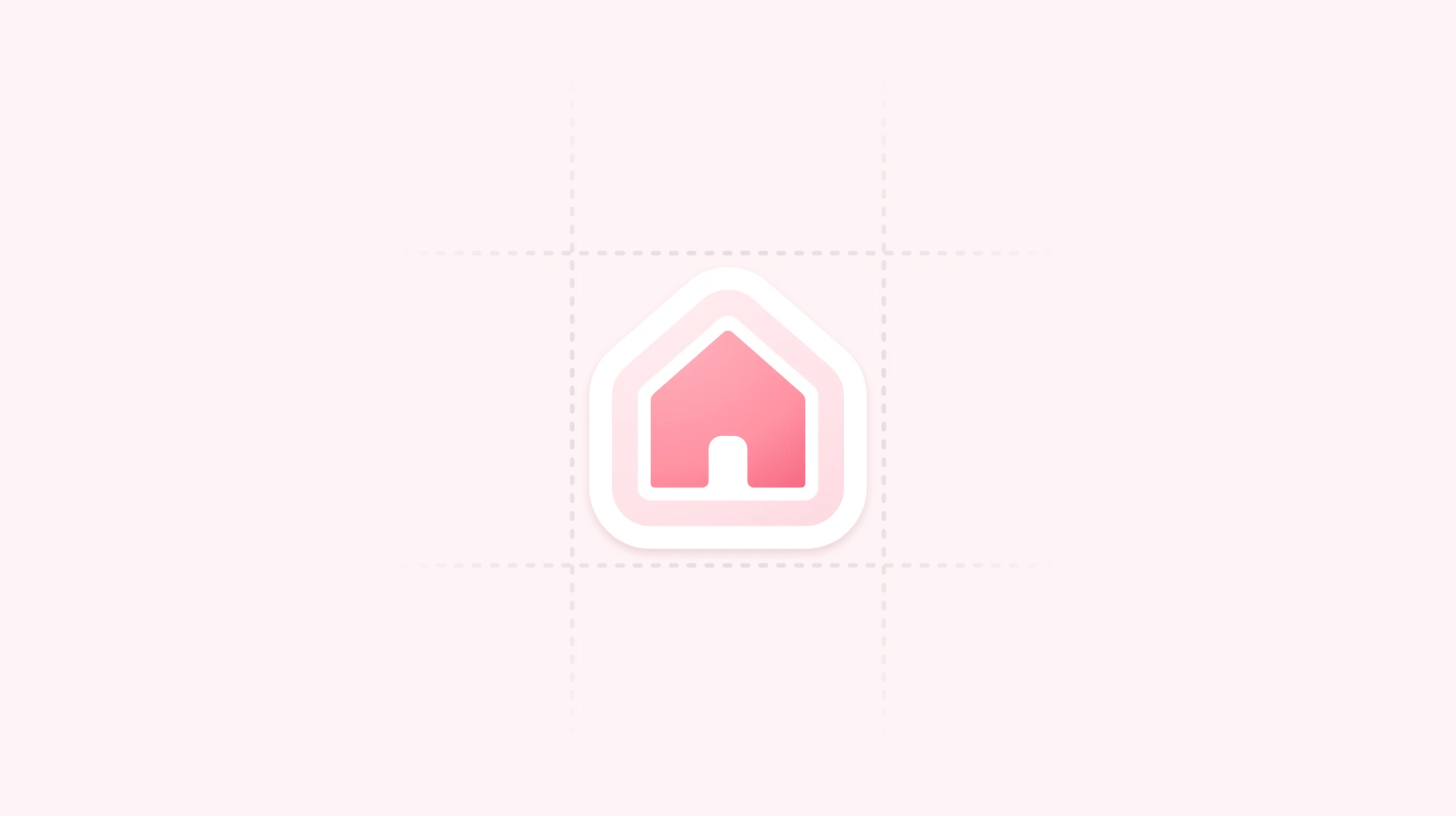AI-powered wellness app
A career in website design can involve the design, creation, and coding of a range of website types.
Timeline
2025
Company
data.world
Team
PM, 5 engineers
Role
Lead designer
Overview
Product
data.world is an enterprise data catalog and governance platform enabling organizations to discover, trust, and leverage their data effectively. It helps them quickly find, trust, and effectively use data across their organization, with clear metadata, intuitive governance tools, and embedded AI features.
Critical problem
When I joined this project, the tension during sales calls was immediately clear. Customers described our core data asset pages as “confusing,” “overwhelming,” and “too technical.” Internally, engineers felt exhausted by repetitive UX support tickets, sales teams dreaded product demos, and product teams weren’t sure what to prioritize.
The reality was clear: this was no longer just a UX issue. It was a strategic risk. 24% of customers churned after their initial contract specifically due to confusion with our core data asset experience.
Opportunity
This crisis was also our biggest opportunity. If we could transform confusion into clarity, we wouldn’t just improve usability — we’d restore customer trust, empower sales, and significantly impact retention. By directly addressing the root causes: unclear metadata, missing quality signals, and overwhelming layouts, we had a chance to turn our weakest point into our strongest strategic advantage and elevate productivity.
— Senior data analyst, McKinsey
Problem landscape
User struggles
Tedious data discovery: users had to wade through multiple tabs and dozens of fields, with cramped layouts and a host of usability flaws slowing them down.
No trust: without clear data quality indicators, users couldn’t tell which datasets were reliable. One analyst bluntly said, “I can’t tell which dataset is reliable. It just wastes my time.”
Inefficient workflows: the clunky design forced users to waste precious minutes just trying to find and verify the data they needed, crippling productivity and driving up customer churn.
My role
I spearheaded a comprehensive redesign with one goal: rebuild user trust. To get there, I:
Immersed myself: stepped into the shoes of core user personas and mapped every point of friction along the entire user journey.
Coordinated stakeholders: united engineering, product management, and customer success around a single goal: making the product so intuitive that analysts could locate reliable data in under two minutes.
Refined through data & testing: used heatmaps, usage logs, and A/B tests to guide each design decision. Embedded “data quality” indicators, reorganized content into fewer, intuitive sections, and redefined the entire UI for clarity.
Before/After Resource Page** showing clutter vs. clarity
- **Data Quality Badge** mockups
Design process
Reference a “Double Diamond”
Research and definition
I started by dogfooding the product myself — spending hours navigating the same resource pages, simulating the real-world analysis tasks our users performed. This helped me empathize with the friction points and laid the groundwork for a user-centric approach. I then analyzed heatmaps, usage logs, and recorded user sessions to pinpoint exactly where frustrations peaked, and found that sprawling sections, hidden metadata, and inconsistency were pushing people away.
Employing the "critical incident" method, I conducted 6 over a 2 week period user interviews to capture vivid accounts of challenges and triumphs faced by users. I conducted 18 user interviews over a 3 week period with a mix of novice to advanced data catalog users and uncovered three main persona users. I documented the key user frustrations, pain points and insights the users had using the data catalog.
Heatmaps
Collaborative ideation
Armed with these insights, I organized workshops that brought engineers, PMs, and customer success leads into the same room. We hashed out a plan to elevate trust as the guiding principle of the redesign. Instead of overloading users with every possible field or tag, we agreed to prioritize the information that mattered most.
Miro
Rapid prototyping
I introduced an immediately visible data quality status — simple yet powerful — highlighting a resource's reliability based on validation rules checks, stewardship, accuracy, completeness, freshness, missing data and more. I restructured resource pages into core sections, eliminating redundant sections and focusing on scannable layouts that surfaced key data front and center.
Prototypes
Usability testing
When I tested these prototypes with power users, the feedback was immediate: they appreciated the new data quality indicators and loved the drastically simplified layout.
“Everything is right there — clean, and fast. I can't wait to use it.”
That early validation pushed us to refine minor details, like how to provide users with more customization or present multi-column previews without overwhelming them.
A/B experiment
Despite momentum, we faced an obstacle: data.world’s back-end system was monolithic, making quick pivoting and feature toggles cumbersome. So we launched a simplified MVP as A/B dry test to a smaller user base. Over several weeks, we measured adoption rates and direct feedback. Every bit of data we gathered confirmed that this redesign was working. Time-to-analysis among our test group improved by 73%, from fifteen minutes to four.
A/B prototype?
MVP to 100%
Metrics significant improvement provided the engineering leadership with the confidence to invest more time in refactoring the codebase. So despite back-end constraints, we optimized performance enough for an efficient user experience.
Tangible outcomes
The team celebrated as the results exceeded even our initial expectations!
Churn rates dropped by 14%, effectively saving around $6M in annual revenue.
Four new enterprise clients — attracted by the new user experience — signed up, adding $2M more to data.world’s bottom line.
Efficiency redefined: users now analyze data resources in just 2 minutes, a dramatic improvement from the previous 15-minute workflow.
Internally, the redesign also sparked a shift in how product and engineering collaborated. We established a more agile, user-focused development cycle that embedded frequent testing of designs into every sprint.
Some celebration??
Key lessons & looking ahead
Challenges and resolutions
As the Sr. product designer overseeing this revamp, I guided every aspect — from research and vision to prototyping and final implementation. Along the way, I had to balance technical constraints, evolving stakeholder expectations, and urgent business targets. Frequent alignment sessions ensured the team never lost sight of our primary objectives: reduce churn, elevate trust, and modernize the platform. The biggest lesson was that even with legacy systems and entrenched habits, a persistent, user-centered focus can make a monumental impact.
Future plans
Advanced data quality metrics: expand the reliability score by factoring in external lineage and usage frequency.
Continuous research: keep the feedback loop open with both enterprise and mid-market clients to refine and extend the platform’s capabilities.
Design system evolution: formalize new components for consistent application across all data.world products.
Final reflection
This project taught me that design isn’t just about making things function better, it’s a strategic tool for driving business resilience and winning user loyalty. By zeroing in on trust signals, decluttering the UI, and aligning the team behind a single vision, we turned a painful churn crisis into a powerful growth story.



